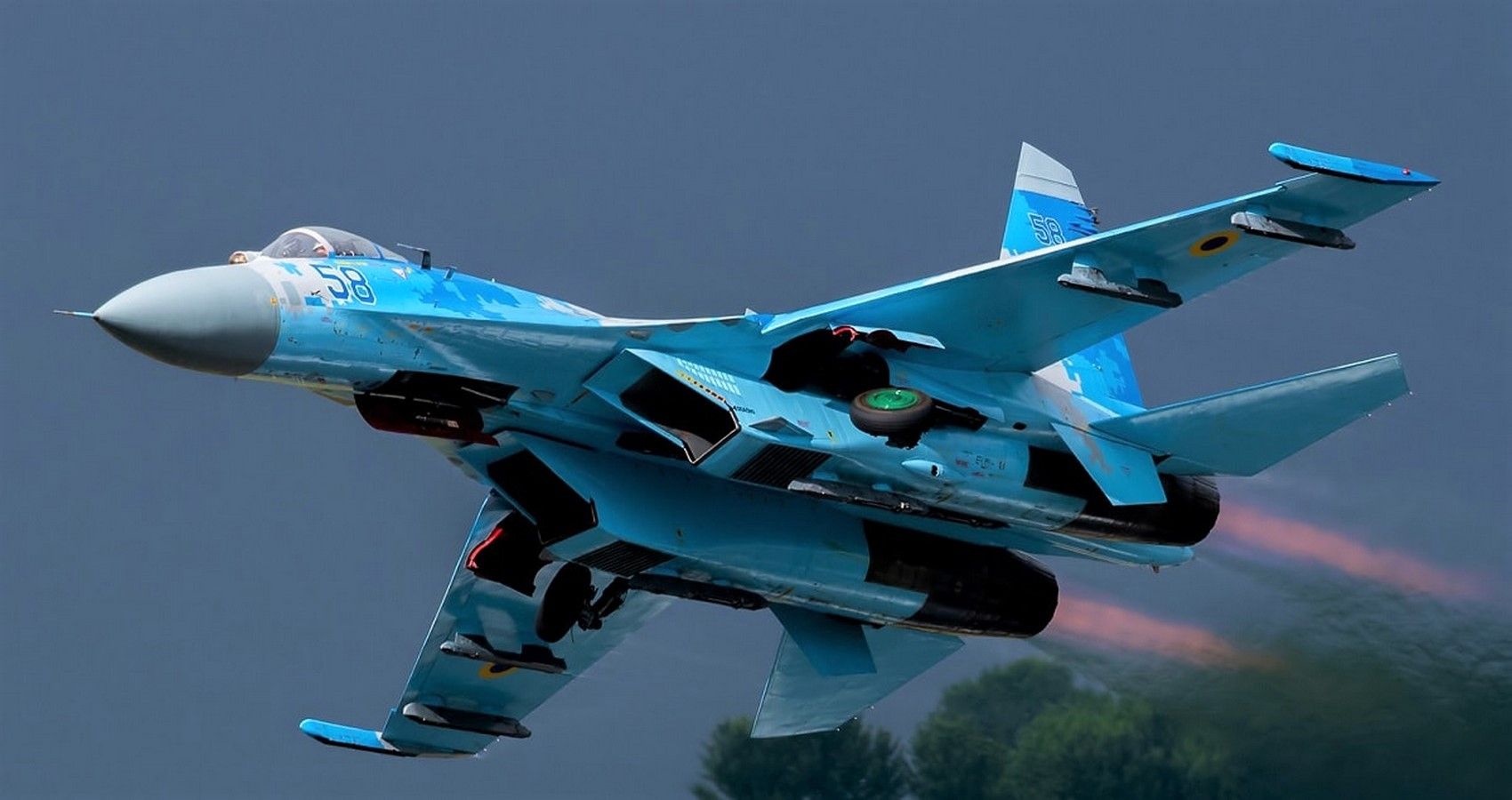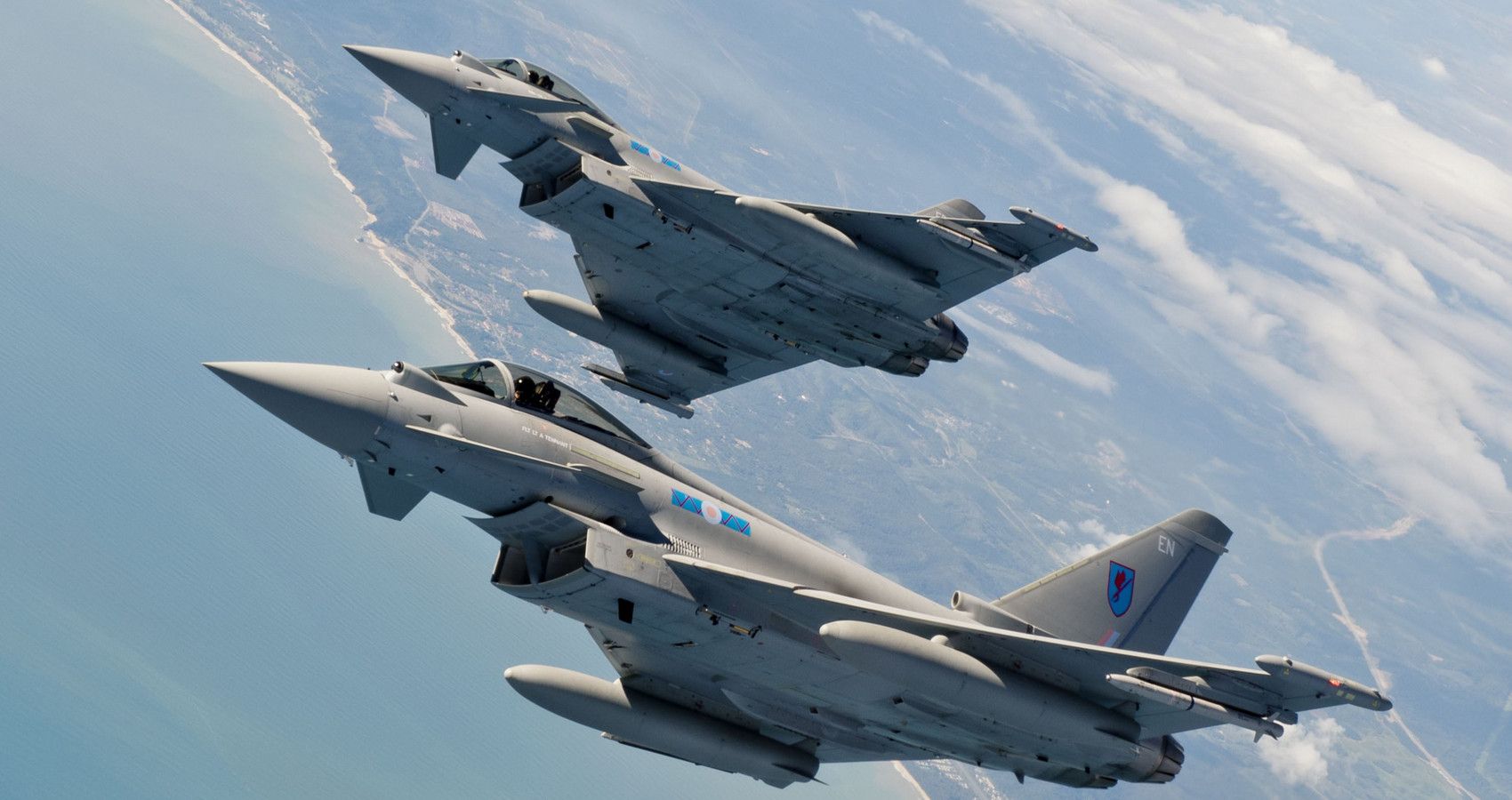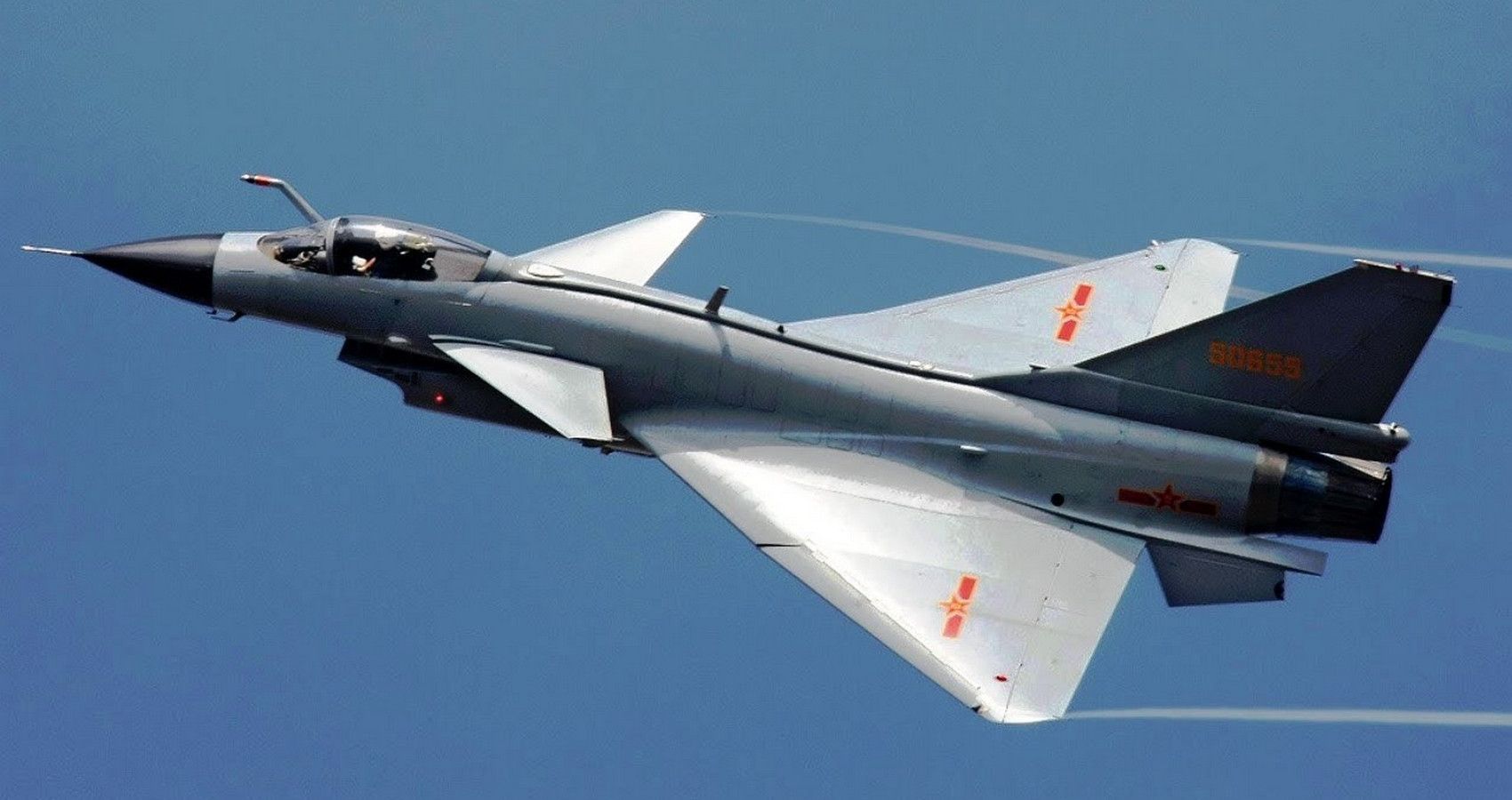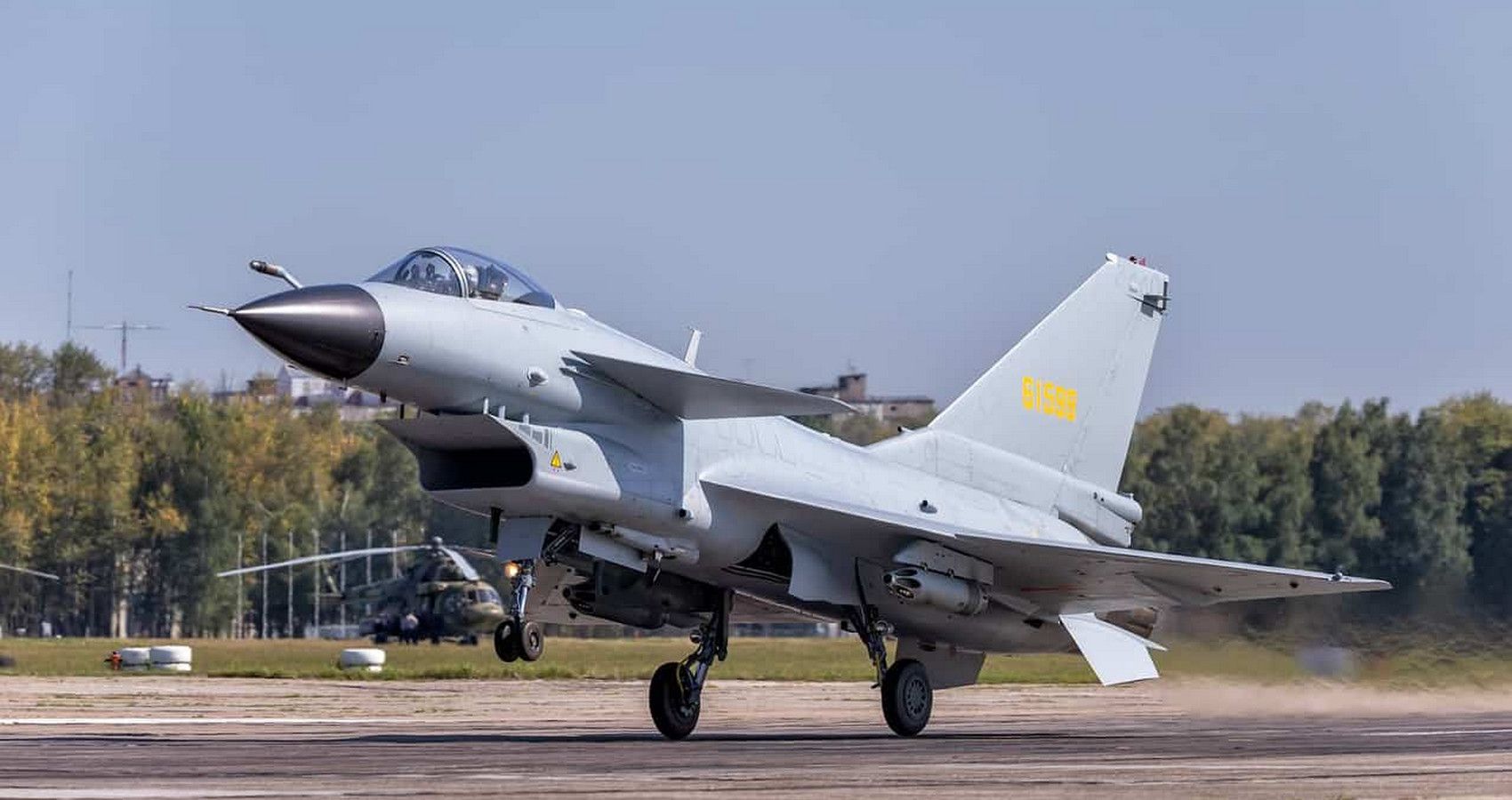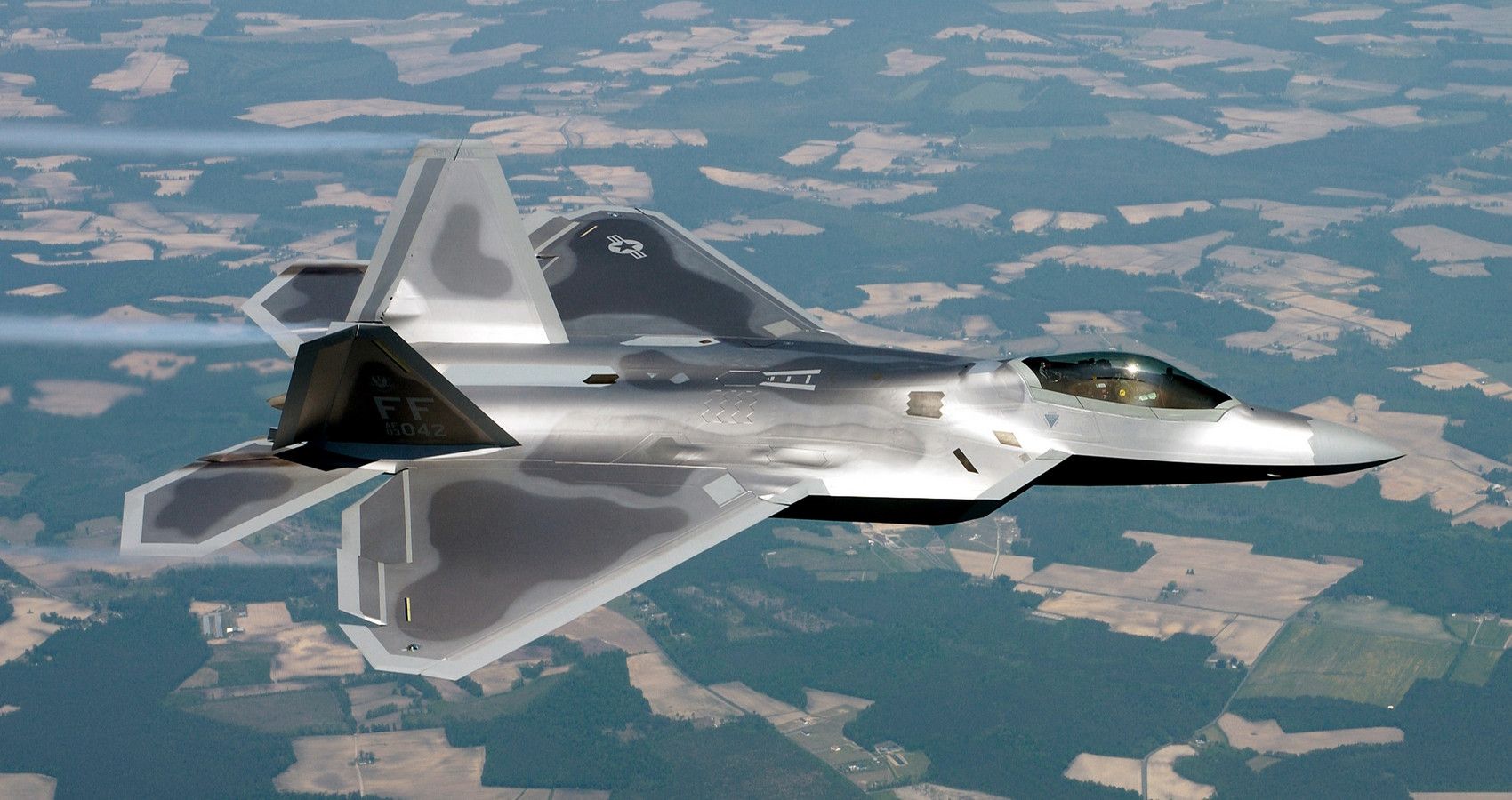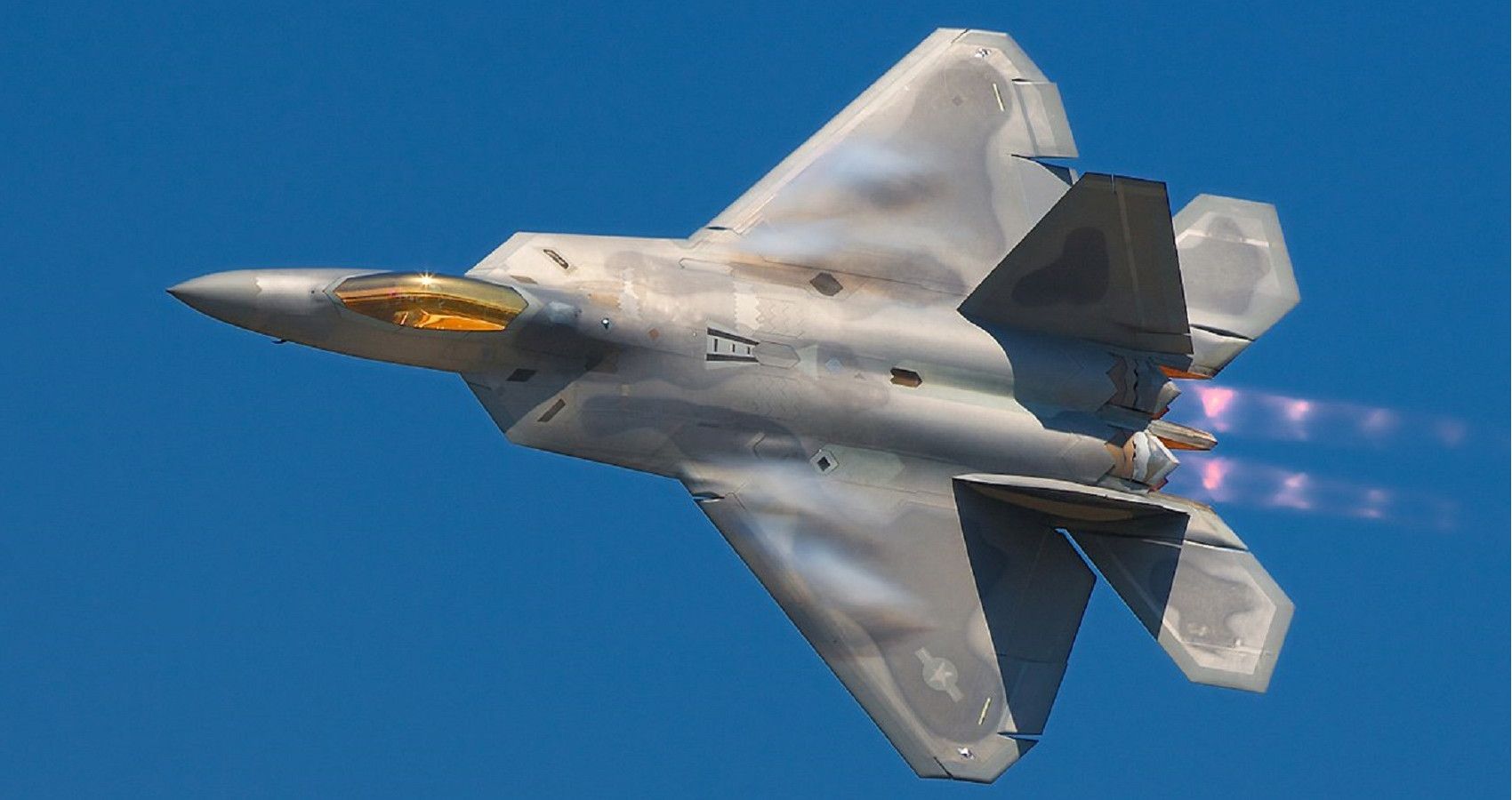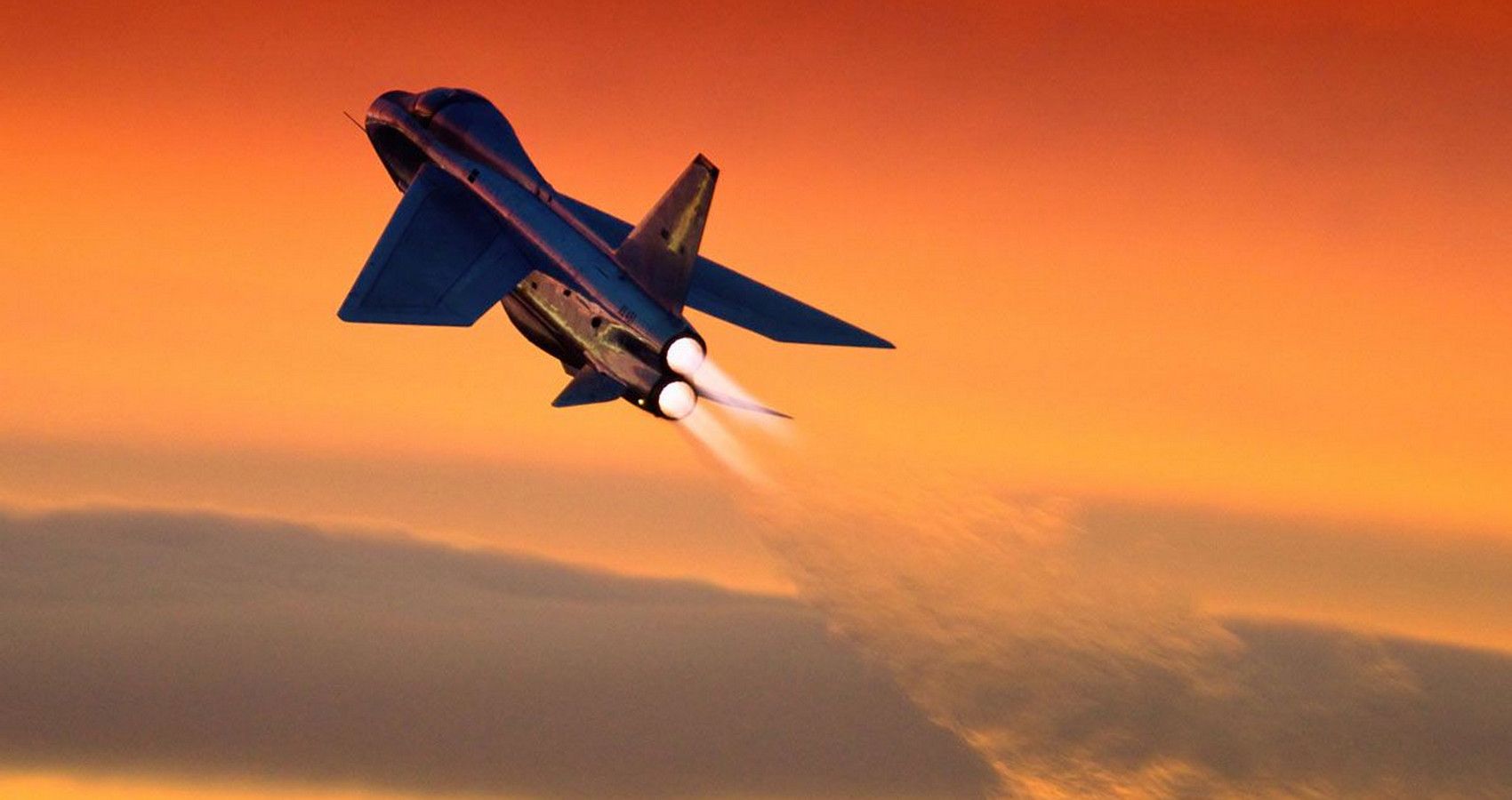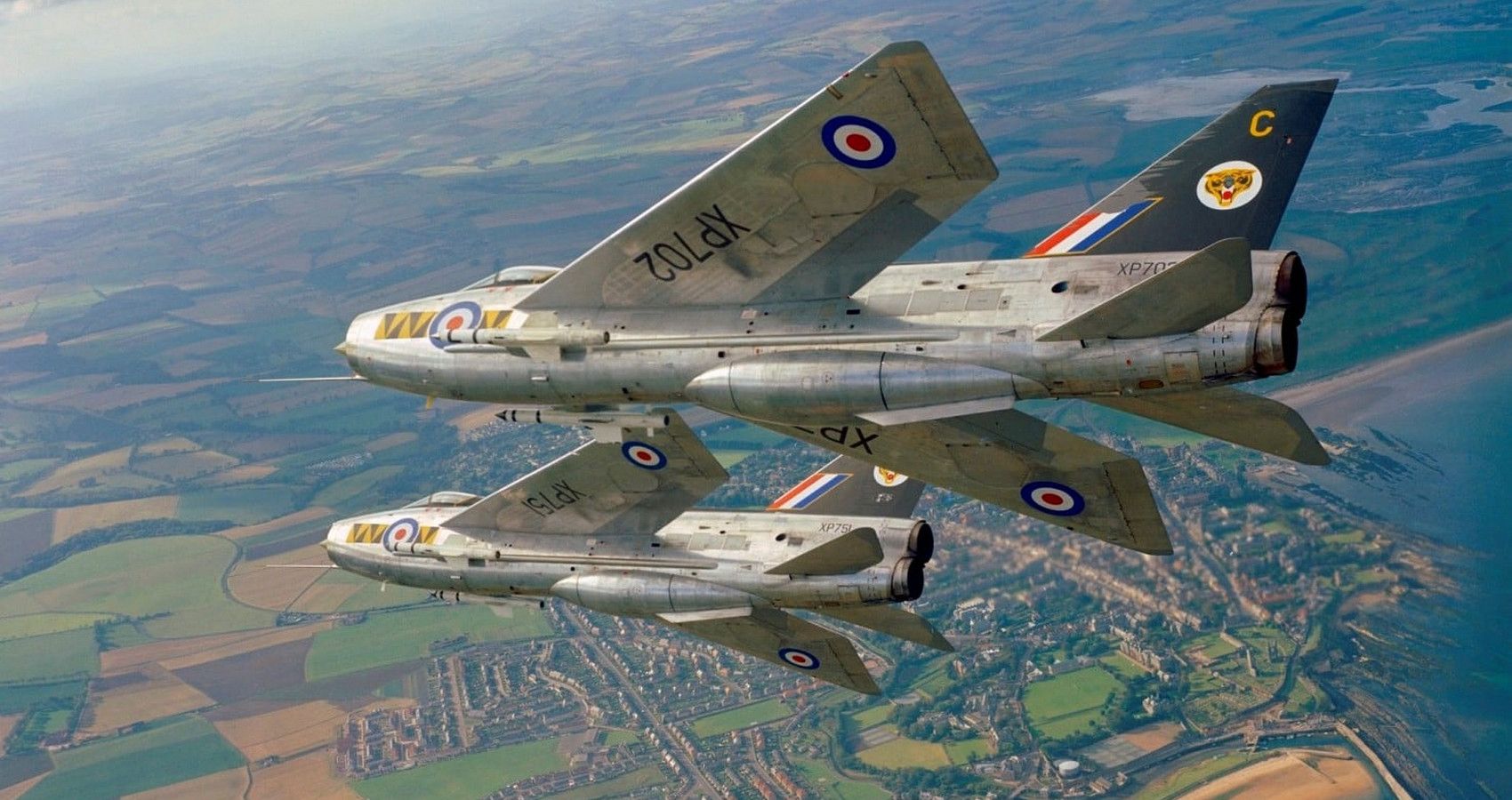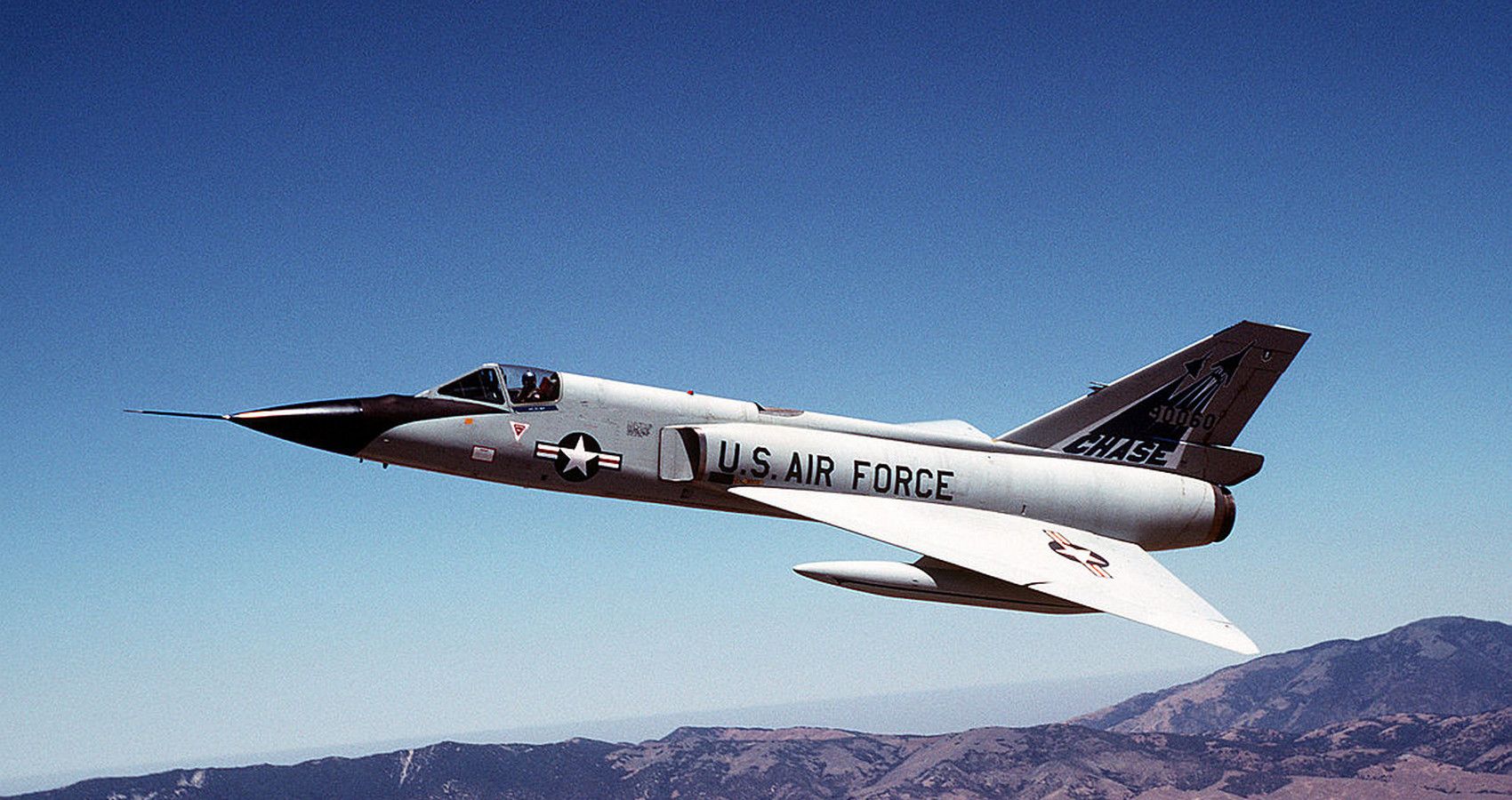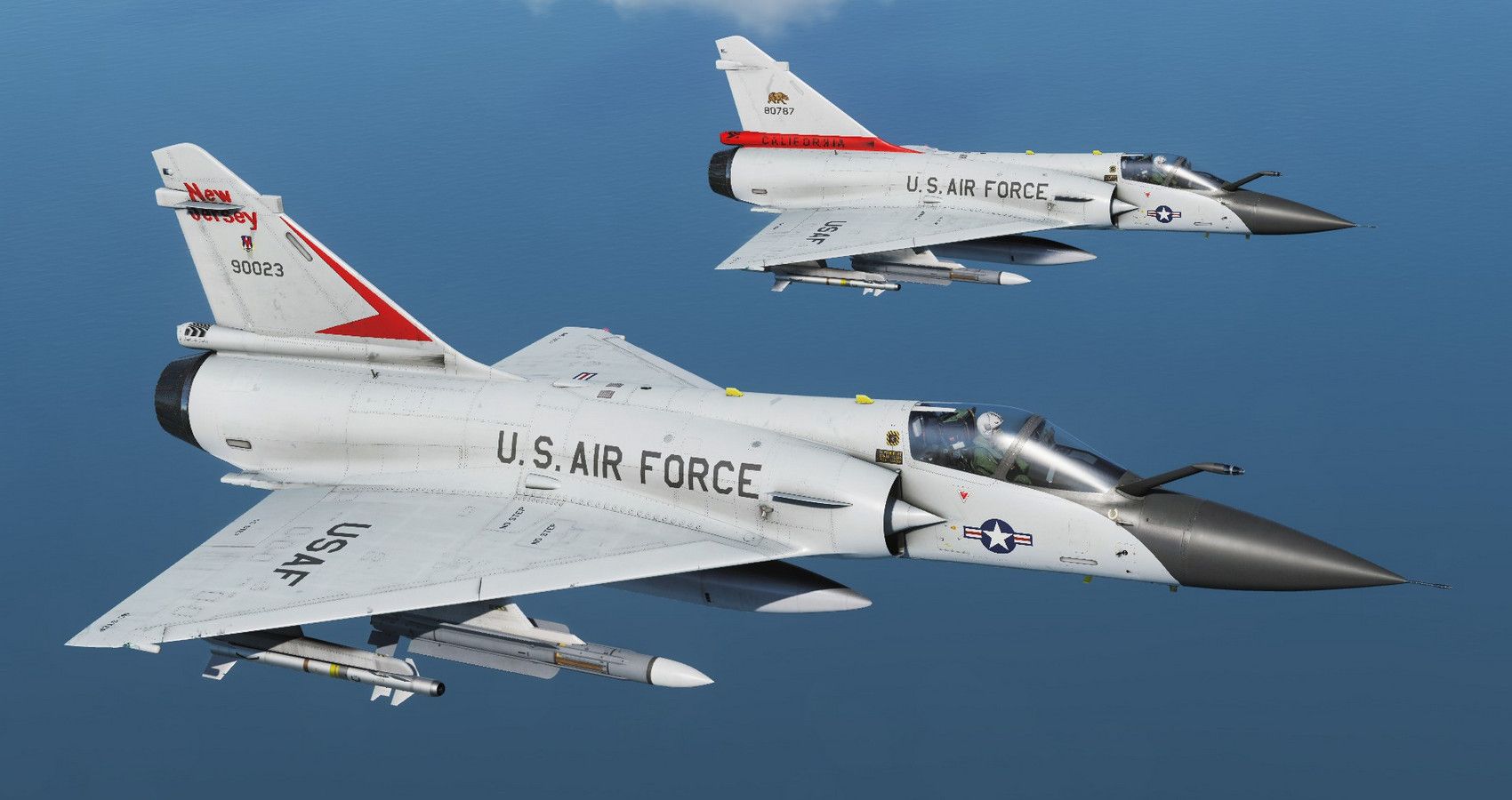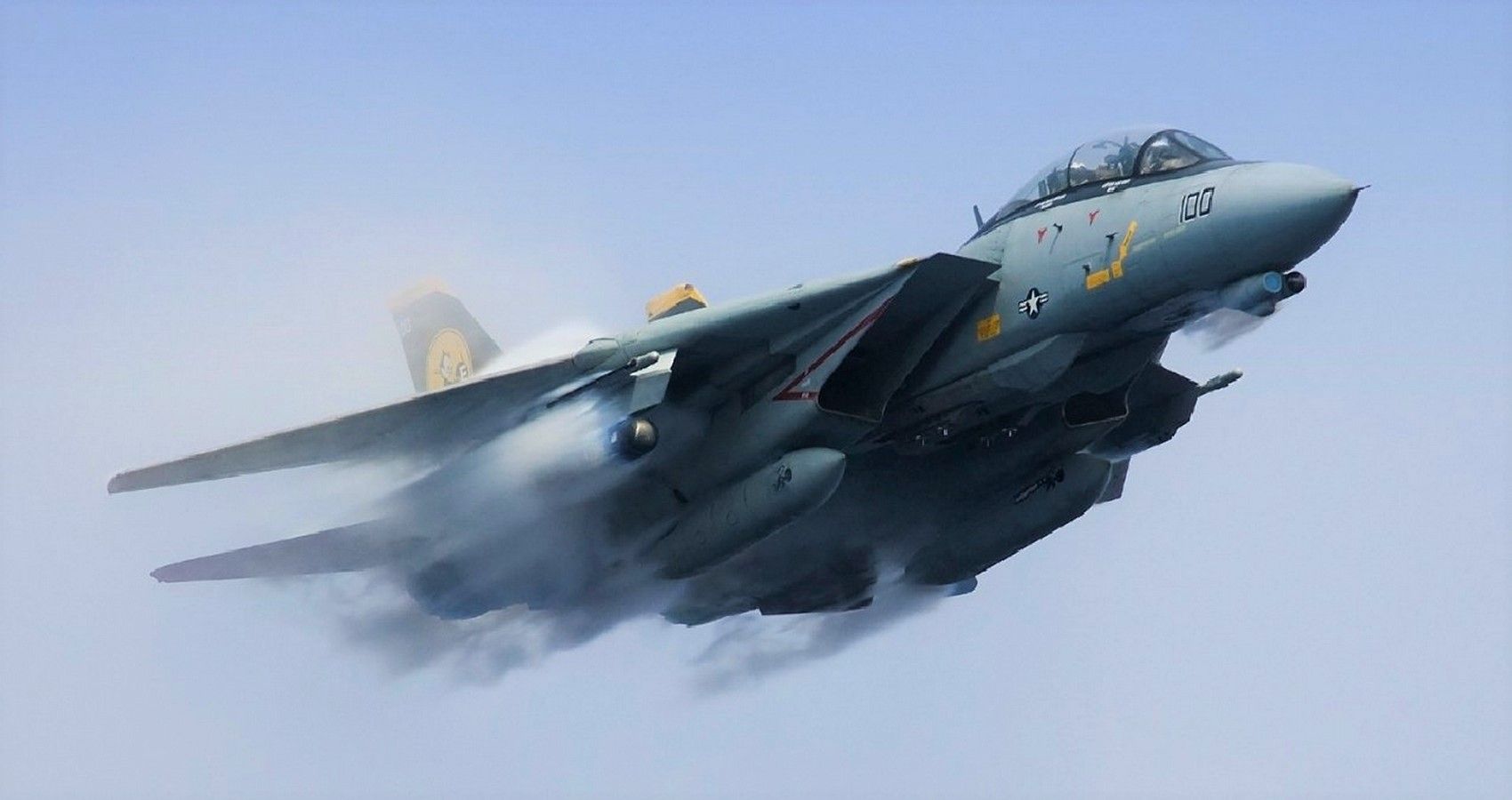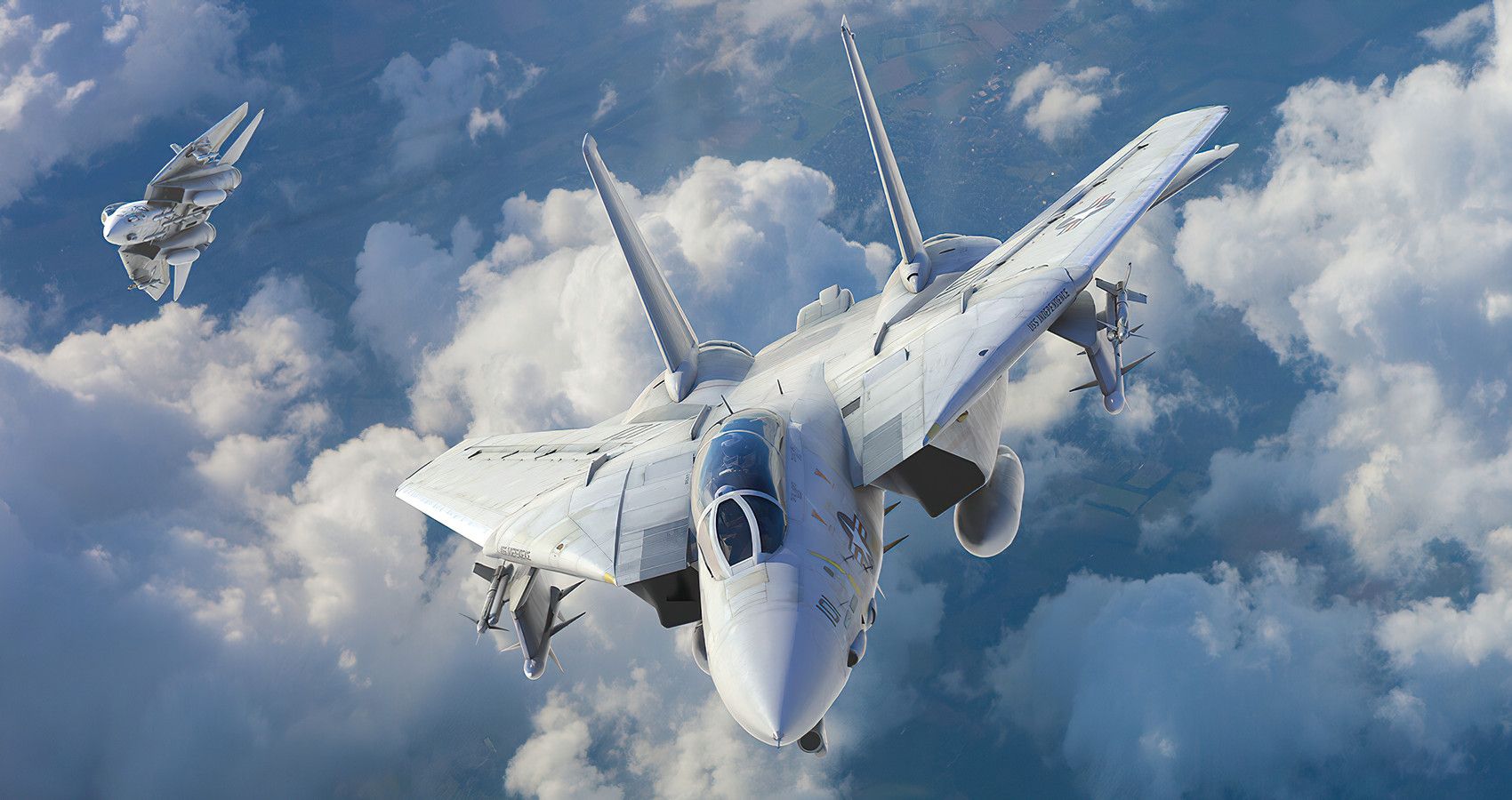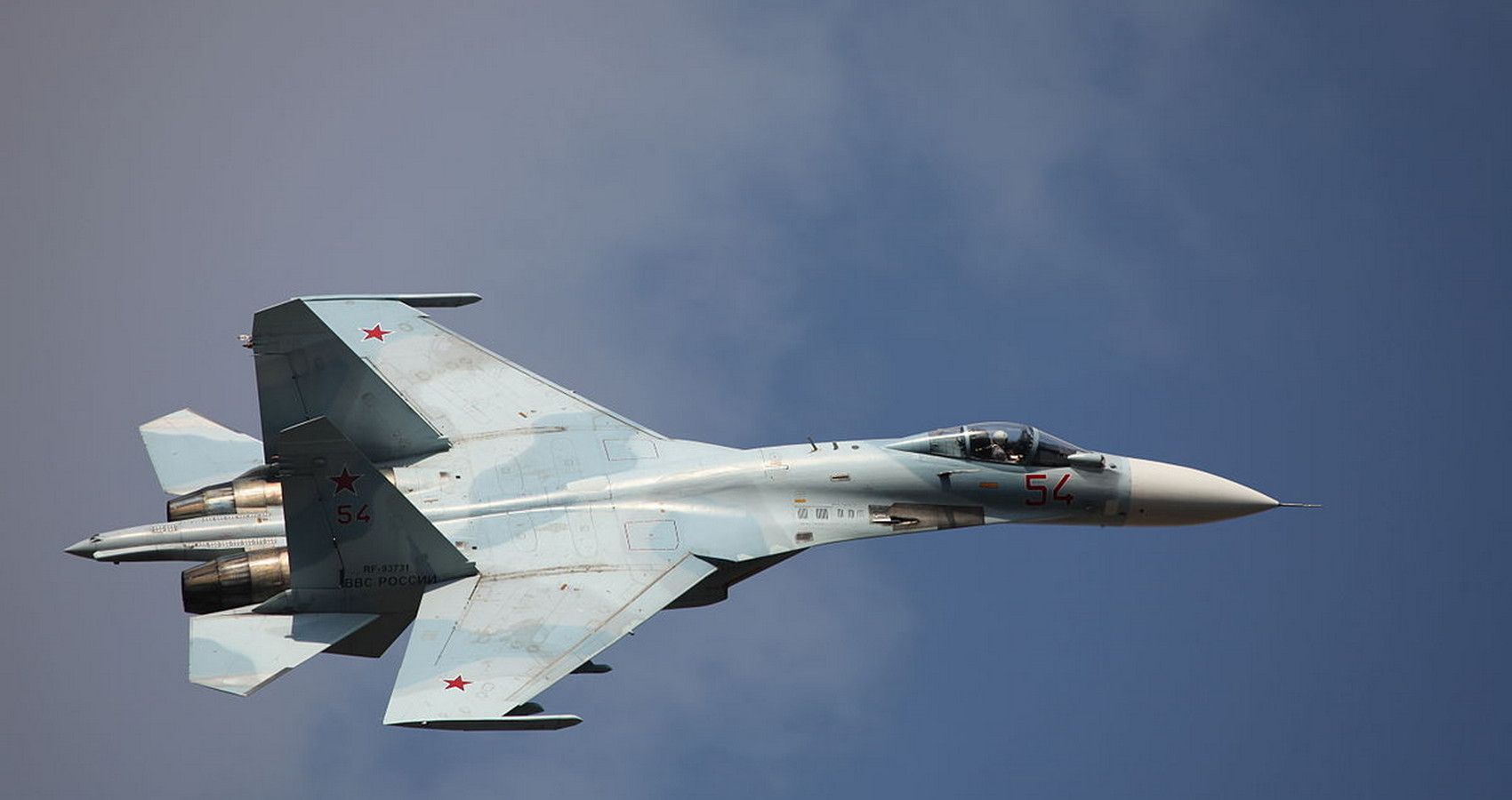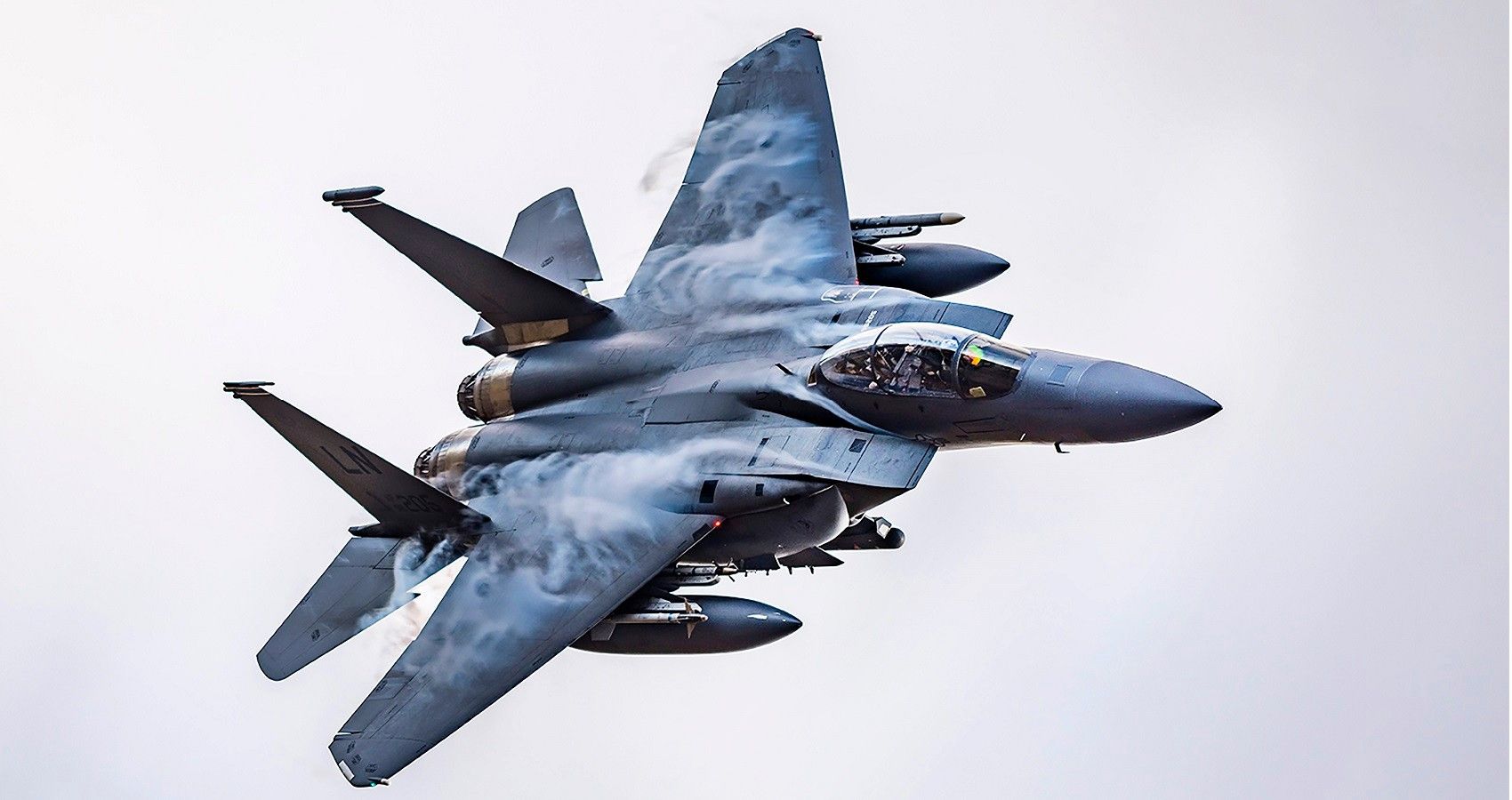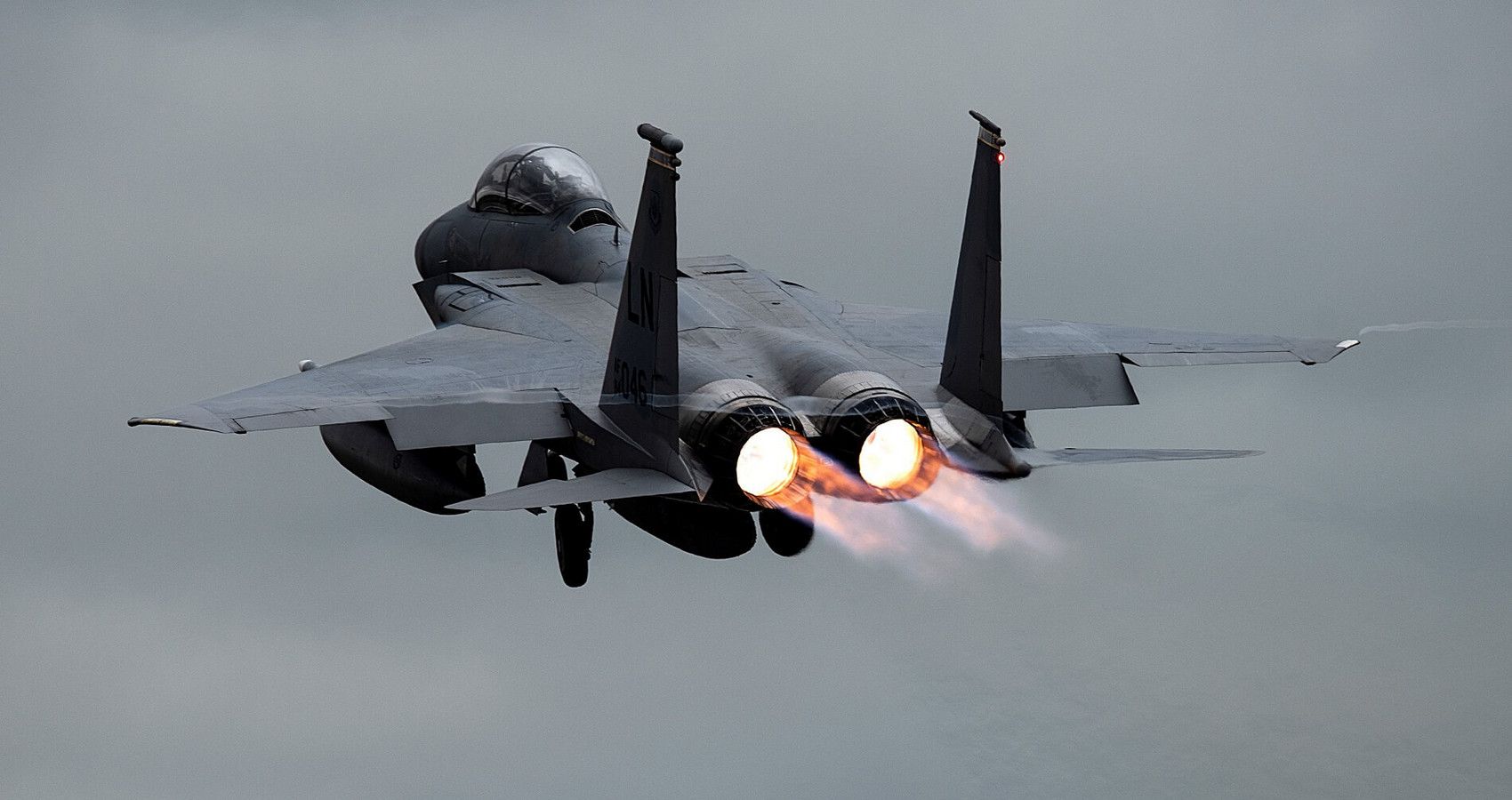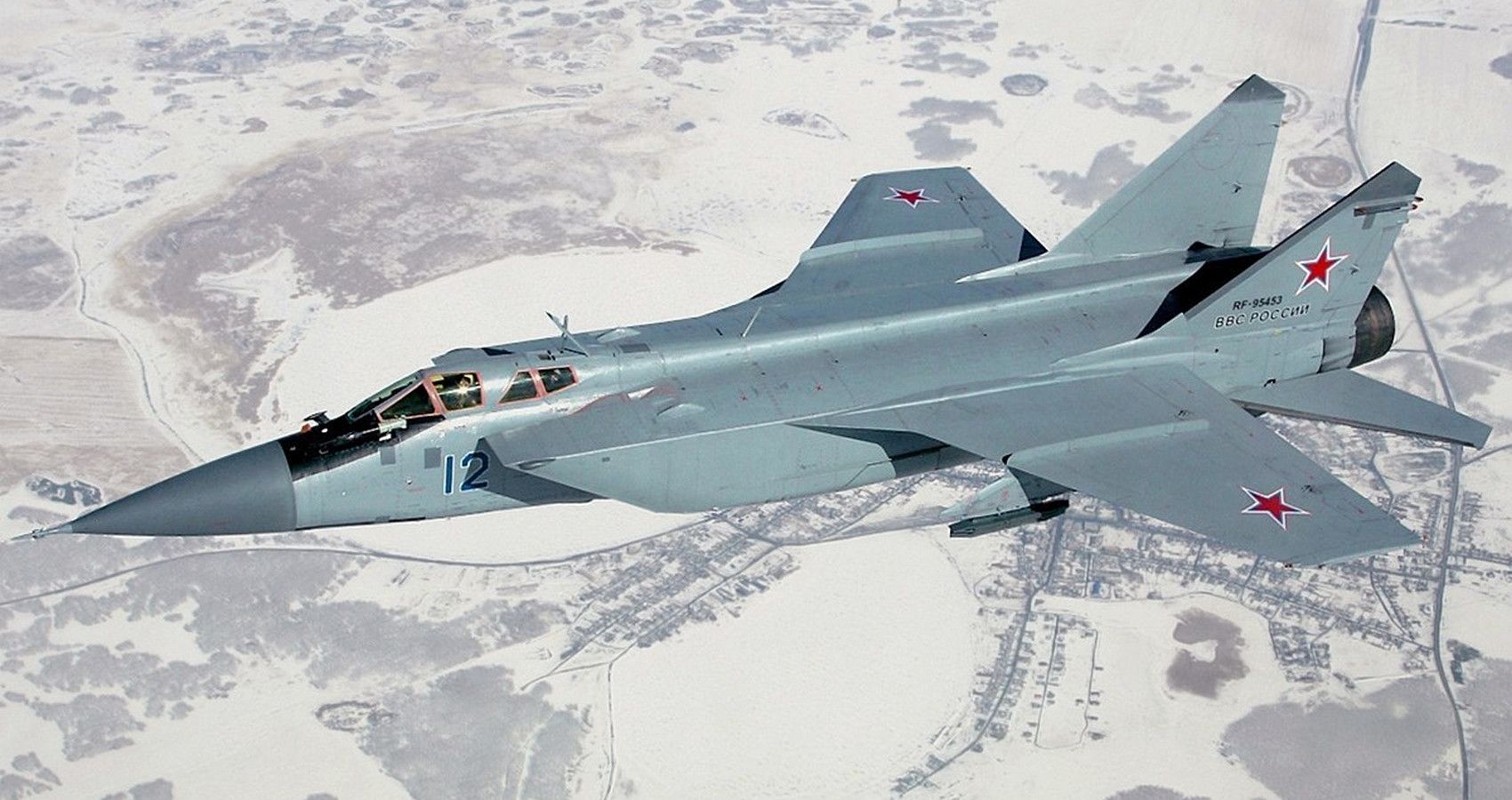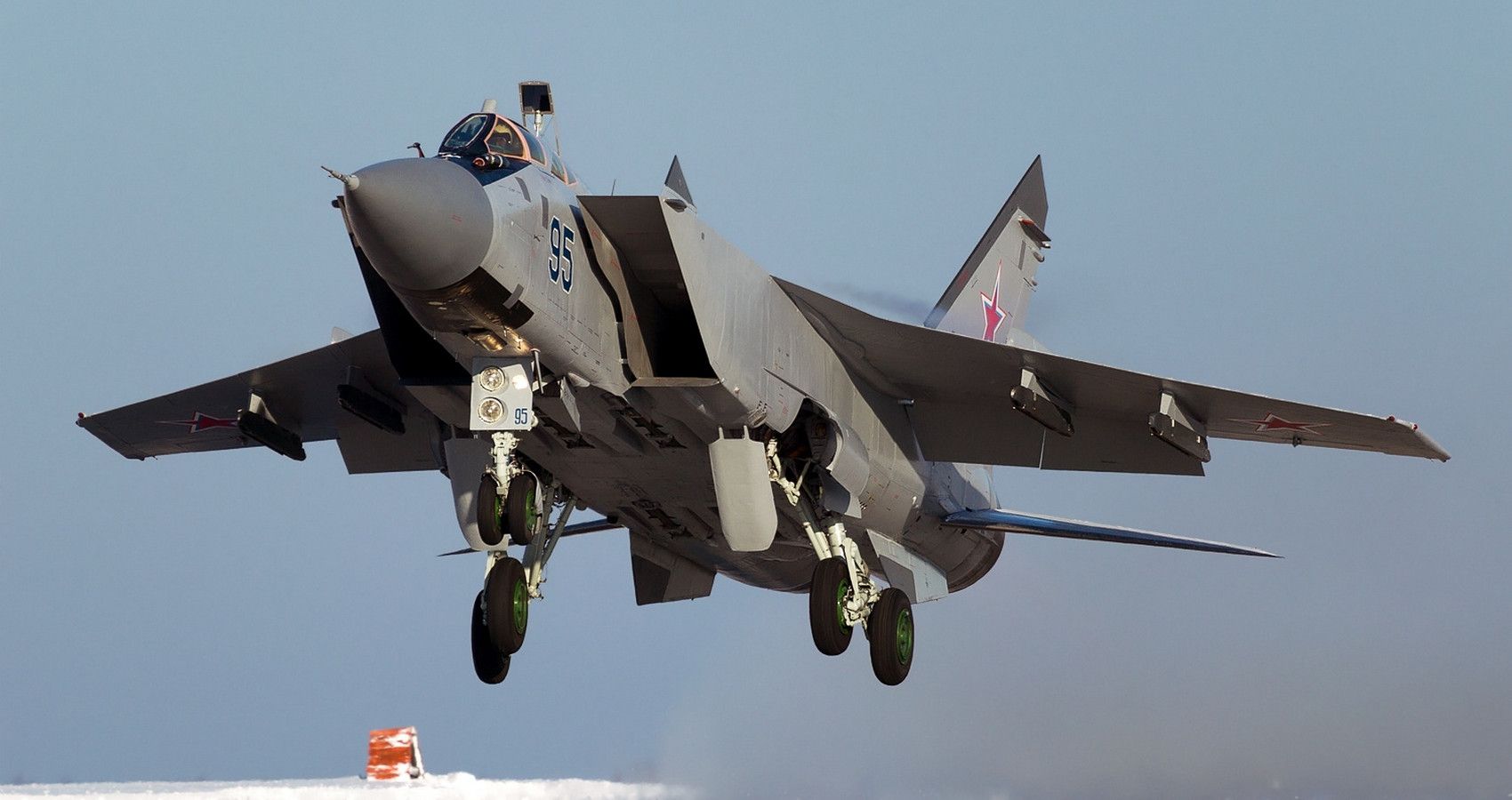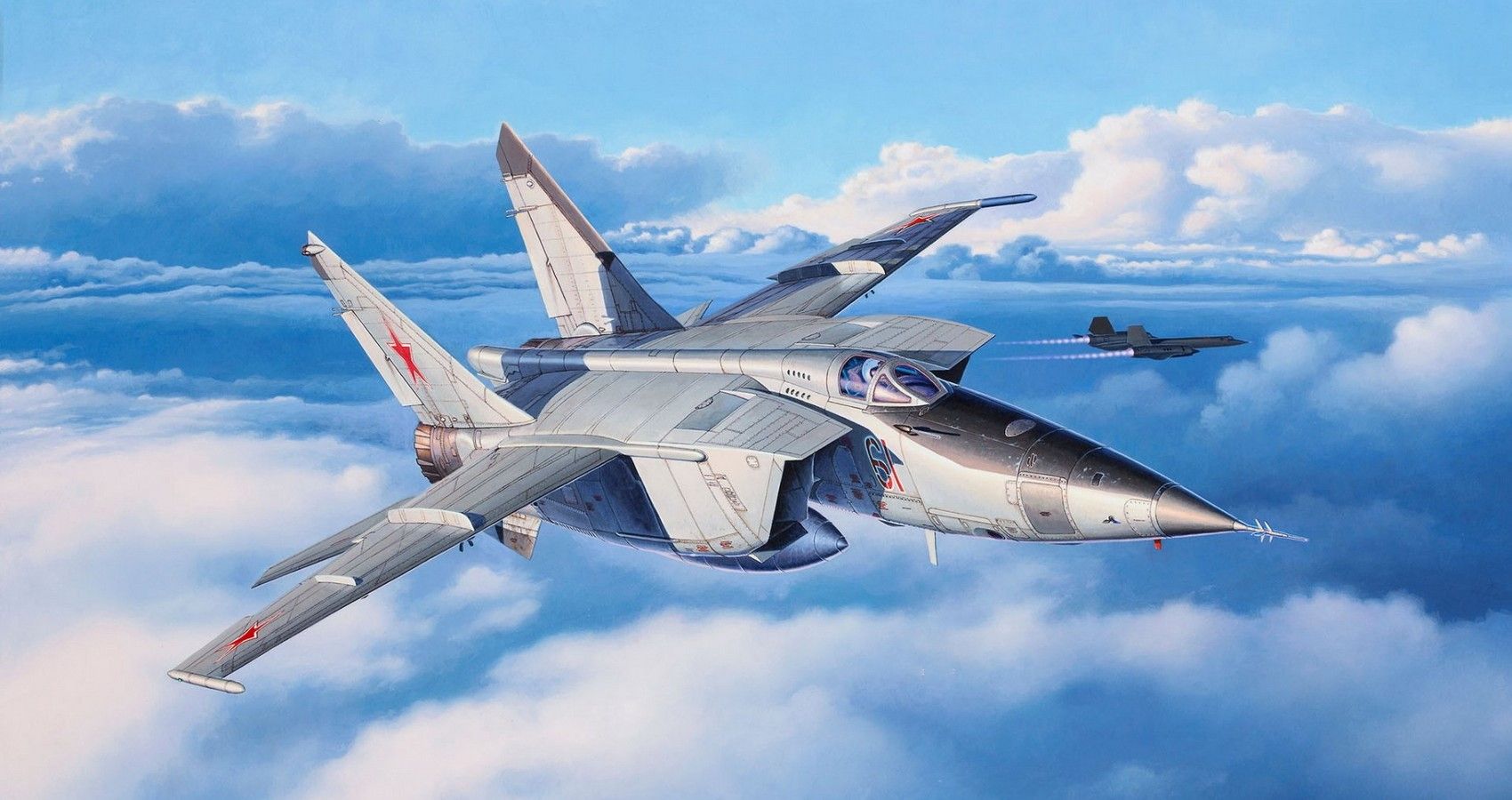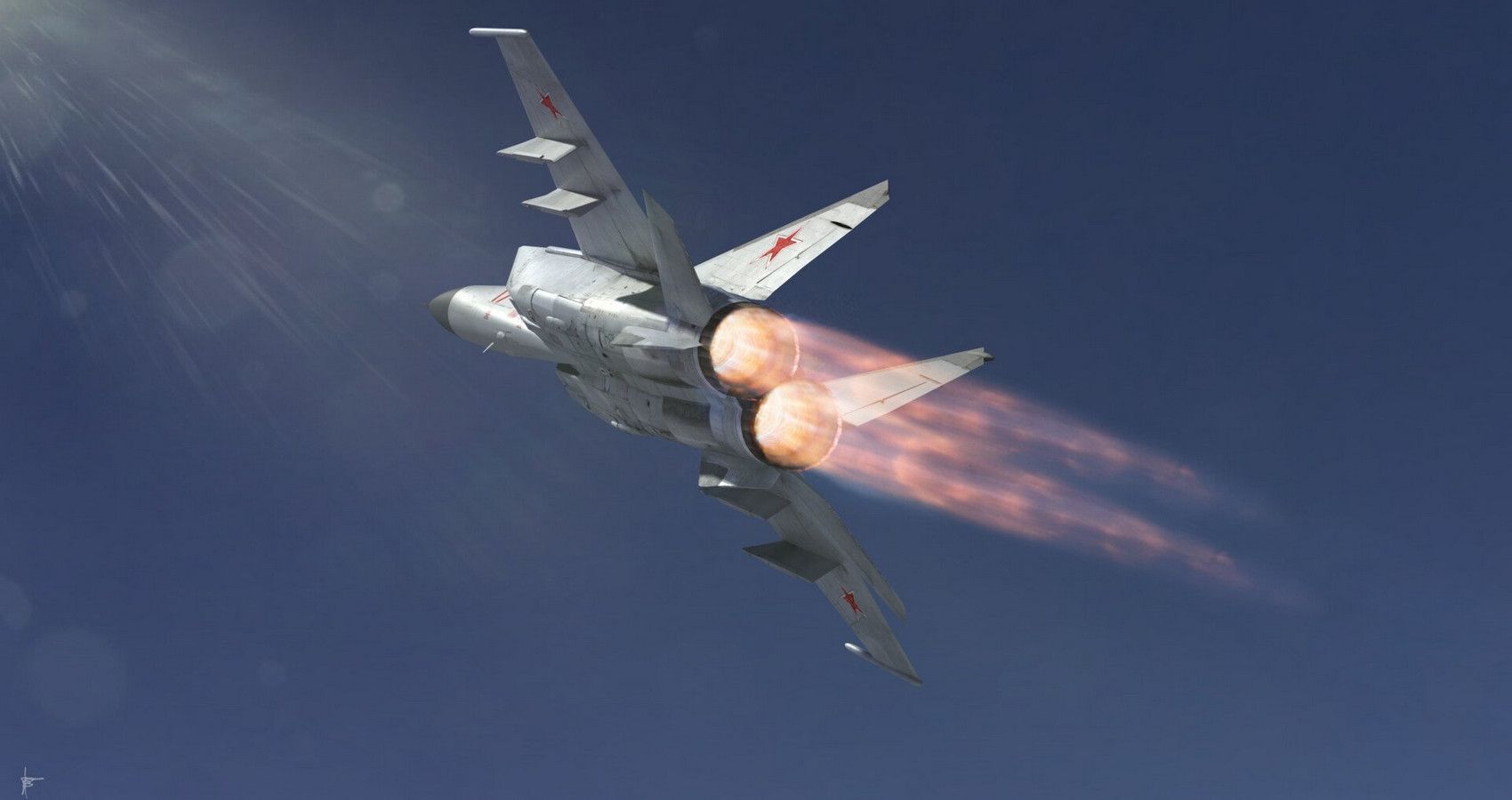At the outbreak of hostilities in 1939, piston-engined fighters capable of 300 mph or more ruled the skies, their pilots and aircrews the often glamorized heroes of WWII. Within a brief, six-year period, internal combustion engines driving multi-bladed propellers were obsolete, both Gloster and Messerschmitt had perfected the jet engine, changing fighter warfare permanently.
Post-war, the race was on to break the sound barrier (Mach 1), designers believed extra speed would give their pilots the edge, and largely this is true. However, growing East-West tensions sparked an arms race, reconnaissance planes flew further, higher, and faster, prompting a slew of faster jet fighters and interceptors. In fact, it's a Cold War Soviet design that holds the ultimate record to this day.
Modern advances in weaponry, radar, and stealth technology have seen a move away from the fastest in favor of survivability, meaning the fastest jets aren't necessarily the latest. The current pinnacle of land and carrier-based aviation, Lockheed Martin's F-35 Lightning II with an innovative VTOL engine and airframe design doesn't even make the list with a Mach 1.6 top speed at altitude.
10 Eurofighter Typhoon - Mach 2
The result of four nations collaborating on a single multirole fighter program, the Typhoon entered operational service in 2003 and has since gone on to service front-line air forces, with eight operators around the globe. Equipped with a pair of Eurojet J200 engines producing a combined 40,000 lbs of thrust, pushing the aircraft to a designed Mach 2 maximum speed at altitude.
Speed wasn't the primary concern, most Typhoons are engaged in either air-superiority or interception roles, where electronics and weapons platforms are of more significance. Added to which, the Typhoon is no slouch in a combat situation, the delta-wing layout and front-mounted canards deliver unmatched levels of agility.
9 Chengdu J-10 - Mach 2.2
Known to NATO as the "Firebird" Chengdu's J-10 Vigorous Dragon bears an uncanny frontal resemblance to the US F-16 Falcon, a high-mounted bubbly canopy atop a single mid-mounted air intake. Intentional similarities aside, the J-10 aftward sports a more unusual delta wing and canard set-up.
Single-engine fighters are simpler to build and lighter requiring less thrust to reach supersonic speeds, the J-10 uses a single Lyulka-Saturn AL-31 unit is believed to produce 12,000 lbs of static thrust to reach its maximum Mach 2.2 operational speed.
8 Lockheed Martin F-22 Raptor - Mach 2.25
Technologically the most advanced fighter in the world, boasting supersonic performance, advanced electronics all wrapped up in a large dose of stealth technology that makes the F-22 insanely expensive to the point that production has ended after just 195 airframes. Adding the Lockheed Martins's woes, a ban on export means only the USAF operates the type.
Given the US defense department's concerns over who gets to buy/fly one of these fifth-generation tactical fighters, the only engine supplier understandably is General Electric. Twin F119/FW5000 afterburning turbofans deliver enough thrust to reach Mach 2.25 making the F-22 the fastest stealth fighter to date.
7 English Electric Lightning - Mach 2.27
Roll the clock back fifty years and the fastest jet fighter, at least in the interceptor role, was English Electric's twin-engined tandem-seat Lightning, at the time rocketing from standstill to 60,000 feet in under three minutes.
To get an understanding of how this '50s Cold War era interceptor managed to climb so fast, you only need to look at its design. Twin-stacked engines, stubby angled wings, and little else. The stunning performance came at a price, Mach 2.27 being the official number, but what most aviation fans omit is the Lightning's average endurance, on full re-heat, the Rolls-Royce Avons easily empty the tanks in 800 miles.
6 Convair F-106 Delta Dart - Mach 2.3
Serving as a reminder that '50s era interceptors are every bit as formidable as their modern counterparts when it comes down to getting airborne as fast as possible. The Convair, like other aircraft manufacturers of the period, toyed with the delta wing design to some considerable success.
Unlike most of the other "fastest jets", Convair opted for a single-engine design using Pratt And Whitney J75-P-17 afterburning turbojets to reach Mach 2.3. More surprisingly, the J75 was more commonly deployed on airliners, including Boeings 707 and Douglas DC-8s.
5 Grumman F-14 Tomcat - Mach 2.34
If there is only one jet-fighter non-aviation geeks recognize, it's certain to be Grumman's F-14 Tomcat, the star of Top Gun and possibly the most influential Naval Aviation recruiting ads that the US defense department could have wished for.
Unfortunately, the F-14 doesn't fly anymore, making way for smaller aircraft way before its time, leaving an unknown number in the hands of the Iranian air force. At a time when land-based jets regularly exceeded Mach 2, the Tomcat with variable geometry wings and two huge GE-F110s punched the carrier-based fighter to Mach 2.34.
4 Sukhoi Su-27 Flanker - Mach 2.35
Around the same time early F-15 designs were still on the drawing board, Sukhoi was busying themselves with a new generation of multirole air-superiority aircraft that resulted in the Su-27 Flanker. On both sides of the Iron Curtain, two-seater twin-engine designs were the preferred choice, Sukhoi adapted the final design to bring the Flanker's performance in line with that of the F15.
Where the two sides differ in approach, the F-15 was only intended as a land-based fighter, Sukhoi going to considerable length to deliver a maritime version. Another designed to use Saturn AL-31 engines rated at 27,600 lbs with afterburners.
3 McDonnell Douglas F-15 Eagle - Mach 2.5
The most successful jet fighter ever produced, the F15 approaching its 50th anniversary goes from strength to strength. Rather than buy more Raptors and Lightings, with their hugely expensive and complex maintenance requirements, the USAF has instead put its name down for more F15s.
And why wouldn't they? Having never lost an F15 in combat operations, the USAF knows what it's getting, a flexible multirole fighter that can fight its way onto the target, bomb it if required, and then fight its way home. All while packing enough power to outrun anything in the USAF's inventory.
2 Mikoyan-Gurevich MiG-31 "Foxhound" - Mach 2.83
Hot on the heels of the fastest combat jet ever made, and intended to replace it, Mikoyan-Gurevich rolled out the Foxhound, which to a casual observer could easily be misidentified for its predecessor. Despite the familiar Soviet-era profile, the MiG-31 was an all-new design with greater fuselage strength, better suited to low-level operations.
New Soloviev D-30F6 afterburning engines produced a total of 64,000 lbs of thrust, giving the next-generation Soviet air-superiority fighter a maximum spend of Mach 2.83, or the same as Foxbat pilots if they were obeying the aircraft preserving limits.
1 Mikoyan-Gurevich MiG-25 "Foxbat" Mach 3
Incredibly, the MiG-25 Foxbat still holds the ultimate speed record, with a stunning Mach 3 top speed. Although, it's worth pointing out that pilots are encouraged to use full throttle for a maximum of 5-minutes for fear of damaging the airframe and overheating the fuel tanks, reverting to a fractionally lower Mach 2.83 for sustained flight.
Desperately heavy due to an enormous thirst for fuel, the Foxbat, even in its interceptor guise, weighed in at 36,700 kgs with fuel accounting for nearly half its maximum take-off weight.

